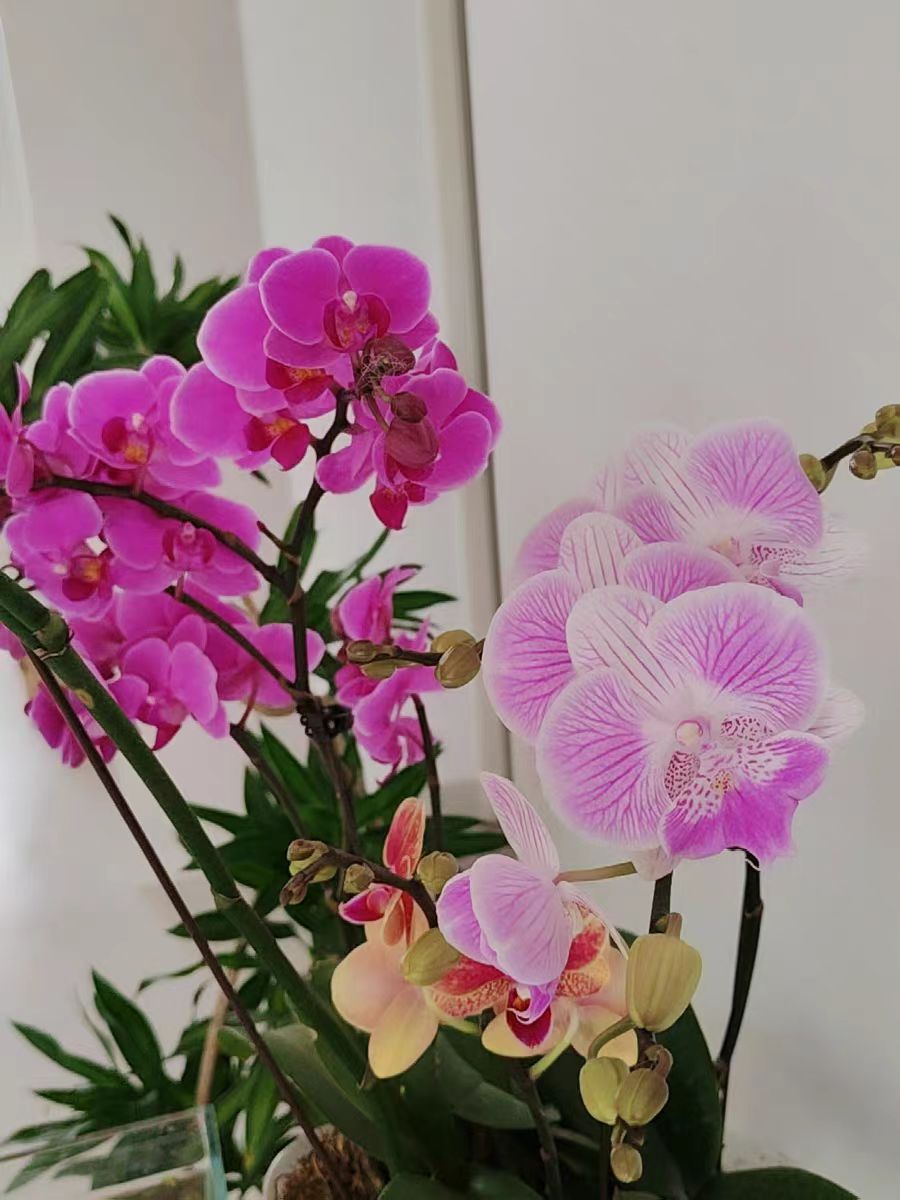Fertilization is a crucial part of flower maintenance. However, improper fertilization often causes damage to plants. Especially for delicate phalaenopsis, concentrated fertilizer may lead to serious consequences.
Will concentrated fertilizer for phalaenopsis burn the leaves? The answer is yes. As an elegant and sensitive flower, phalaenopsis has unique requirements for fertilizer. If too much fertilizer is applied or the concentration is too high, salts and other chemicals in the fertilizer will accumulate in the soil, directly harming the roots of phalaenopsis. This damage will further affect the leaves, causing them to turn yellow, wither, and even get burned. Therefore, it is essential to master the concentration and dosage of fertilizer when fertilizing to avoid damage to phalaenopsis caused by concentrated fertilizer.
Once symptoms of fertilizer damage such as yellowing and withering of the leaves are found in phalaenopsis, immediate measures should be taken for treatment. Here are several effective treatment methods:
Stop fertilizing immediately: When fertilizer damage is detected in phalaenopsis, the first thing to do is to stop fertilizing immediately. Avoid continuing to fertilize, which will increase the accumulation of salts in the soil and further damage the plant.
Irrigate with clean water to dilute the fertilizer: Next, a large amount of clean water can be poured into the soil to dilute the excessive fertilizer in the soil. This process needs to be repeated until the salt content in the soil is significantly reduced. When irrigating with clean water, be careful to avoid waterlogging in the pot soil to prevent root rot.
Replace the pot soil: If the fertilizer damage is severe and the salt content in the soil has accumulated to an irreparable level, consider replacing the pot soil. The new pot soil should be a loose, breathable, and well-drained substrate, and avoid using concentrated fertilizer.
Trim the damaged leaves: For the damaged leaves, timely trimming can be carried out. This can not only reduce the nutrient consumption of the plant but also prevent the further spread of diseases. The trimmed wounds can be treated with fungicides such as carbendazim to prevent infection.
Adjust the maintenance environment: While dealing with fertilizer damage, attention also needs to be paid to adjusting the maintenance environment of phalaenopsis. Maintaining appropriate temperature, humidity, and light conditions is conducive to the better recovery and growth of phalaenopsis.
Subsequent fertilization needs to be carried out with caution: After phalaenopsis recovers its growth, special attention should be paid to subsequent fertilization work. The principle of "fertilizing frequently with thin fertilizer" can be followed, select fertilizers suitable for the growth of phalaenopsis, and control the concentration and dosage of the fertilizer.
As a noble and sensitive flower, phalaenopsis requires special attention during the maintenance process. When fertilizing, it is necessary to master the concentration and dosage of the fertilizer to avoid damage to phalaenopsis caused by concentrated fertilizer. Once symptoms of fertilizer damage are encountered, immediate measures should be taken for treatment. At the same time, attention also needs to be paid to adjusting the maintenance environment of phalaenopsis to ensure its growth in a suitable environment.
Will concentrated fertilizer for phalaenopsis burn the leaves?

Share with
Tagged in :




Leave a Reply